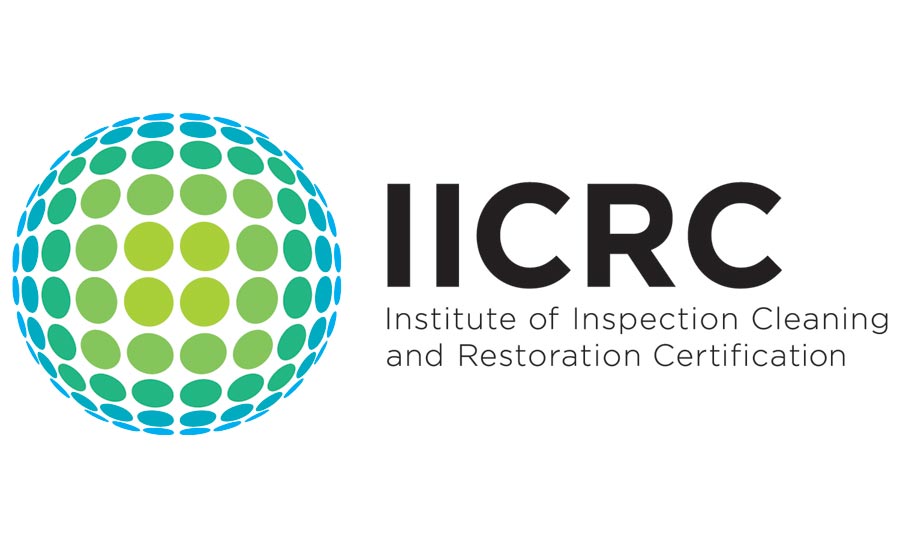R&R IICRC Monthly Update
IICRC Technical Conference
Registration is now open for the IICRC’s second-annual technical conference, “The Summit at Lone Mountain.” Taking place Aug. 9-11 at Big Sky Resort in Big Sky, Mont., The Summit will feature presentations from the leading minds in the world of cleaning, disaster restoration, and flooring inspection.
Developed for seasoned professionals, educators, trainers, and consultants, The Summit will feature three concurrent symposiums, one for each of the three primary disciplines served by the IICRC: cleaning, disaster restoration, and flooring inspection. Each symposium will feature peer-reviewed presentations on cutting-edge issues and challenges facing each respective industry. Presentations will go through a peer-review process and several will be based on original research and research reviews.
Here’s a sneak peek at some of the presenters and topics:
- “The Science of Sewage” with Dr. Gene Cole
- “A Study of the Effectiveness of Carpet Protectors on Different Fiber Types” with Scott Warrington
- “ A Study of the Use of Tile Tapping as an Investigative Tool” with Dr. Ralph Moon
Updated Meeting Dates
Planning to attend an IICRC Instructors Symposium, Certification Council, Shareholders or Board of Directors meeting this fall? Here’s a look at the updated meeting dates:
• Instructor Symposium:
Oct. 13, 8 a.m. – 5 p.m.
Heathman Lodge, Vancouver, Wash.
• Certification Council Meeting:
Oct. 14, 8 a.m. – 3 p.m.
Heathman Lodge, Vancouver, Wash.
• IICRC Shareholders/Board of Directors Meeting:
Oct. 15-16, 8 a.m. – 5 p.m.
Heathman Lodge, Vancouver, Wash.
New ANSI/IICRC Standard Published
The new ANSI/IICRC S540 Standard for Trauma and Crime Scene Cleanup is now available in digital and print formats. The S540 defines the criteria and methodology used by technicians for inspecting and investigating blood and other potentially infectious material contamination and for establishing work plans and procedures.
The Standard also describes the procedures to be followed after all scenes have been released by law enforcement or regulatory agencies, and the precautions to be taken when performing trauma and crime scene cleanup regardless of surface, item or location. As described in the standard, trauma and crime scene cleanup consists of the following components:
- Principles of trauma and crime scene cleanup
- Safety and health
- Biocide and antimicrobial technology
- Administrative procedures, documentation and risk management
- Inspection and preliminary determination
- Equipment and tools
- Limitations, complexities, complications and conflicts
- Structural remediation
- Vehicle and machinery construction
- Contents remediation
- Containment and disposal of waste or sharps
- Confirmation of cleanliness
Expanding Your Focus: Preventing Water Damage, Not Just Repairing It

